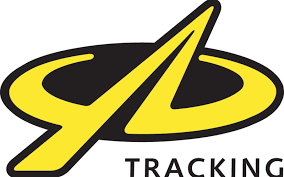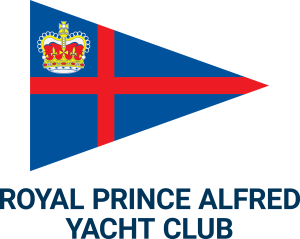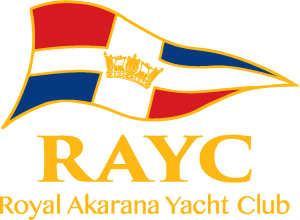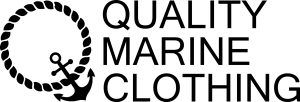And they’re off! At 1300hrs AEDT on October 7, 2023, the yachts and crews in the inaugural Sydney to Auckland Yacht Race left Sydney Harbour, bound for Auckland.
Their start, adjacent to the famous Sow and Pigs near the Heads of the iconic harbour, saw them get underway in a 12-17 knot Southerly with sunny skies, before they turned left to go up Sydney’s spectacular Northern Beaches to a turning mark off Barrenjoey Head at Broken Bay, where they then turned right to head East, and make for New Zealand.
It is a 1250 nautical mile course, which is virtually double that of the famous Sydney to Hobart event, and sees the competitors deal with the many challenges the Tasman Sea can deliver, from becalmed to large swells, as well as true bluewater ocean conditions, where you can smell the land, once you get close enough.
Race Organiser, the Royal Prince Alfred Yacht Club (RPAYC) and partner the Royal Akarana Yacht Club (RAYC) are delighted to see this race get away after a COVID-19 enforced delay. Once in New Zealand, crews can partake in some of the famous events there, including the mighty Coastal Classic, or return promptly to get organised for the myriad of events on Australia’s East Coast in the lead up to and during the holiday period.
The overall winner will be crowned under the IRC measurement system, and will be awarded, but obviously not retain, the splendiferous Sir Lipton Cup that was first used as trophy back in 1919.
So, to the fleet then, which is as impressive in its diversity, as it is in the spirit of the 47 crewmembers to get out there and have a go.
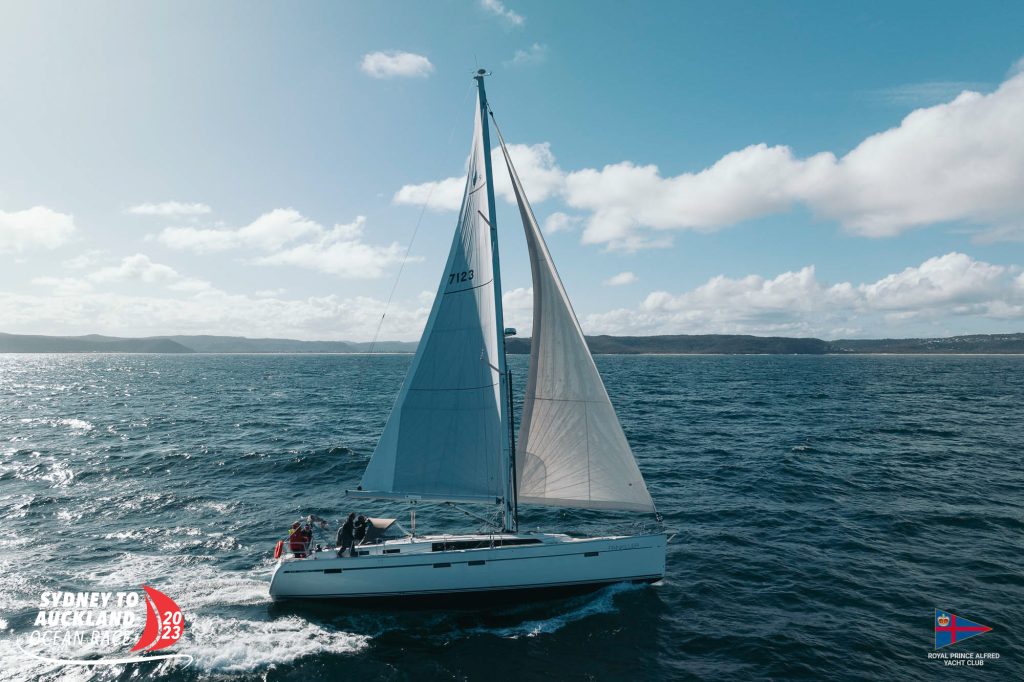
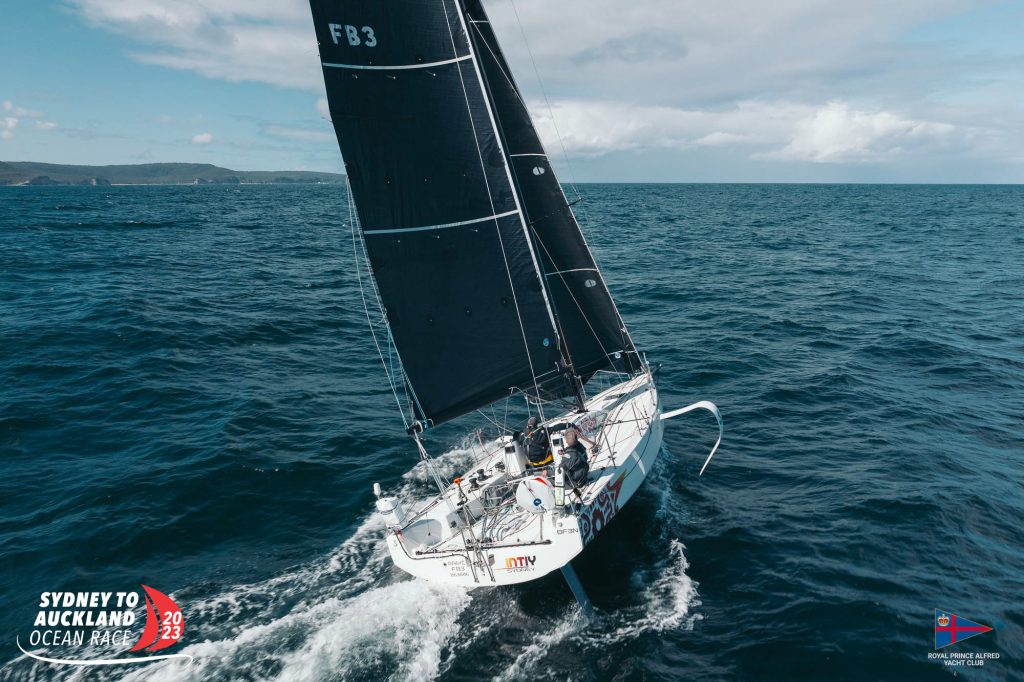
The largest vessel is Geoff Hill’s Santa Cruz 72, Antipodes representing the Cruising Yacht Club of Australia (CYCA). The performance cruiser led the fleet around the first and second turning mark, demonstrating how she definitely enjoyed the brisk conditions. In the morning, this crew will no doubt savour real coffee and fresh muffins form the oven.
Also from the CYCA is Michael Martin’s, Frantic, an early TP52 also made the most of the conditions to be second around. The TransPac class was originally developed for races just like these (LA to Hawai’i), so with the forecast to remain on or just for’ard of the Starboard beam for some time; this is a crew that will be vigorously trimming their asymmetric spinnaker (and praying they don’t break it and use up their reserve ones as well).
A very active competitor, Martin said, “We are doing all the ocean races out of Australia and when I heard of the Sydney to Auckland Ocean Race, well it was a must to take this new race on.”
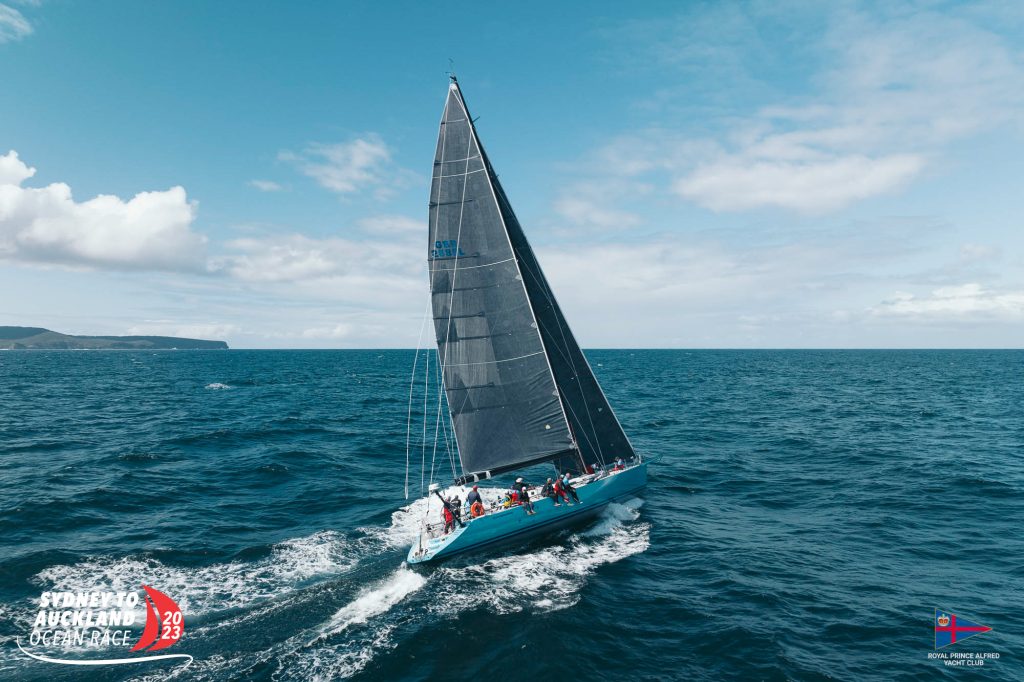
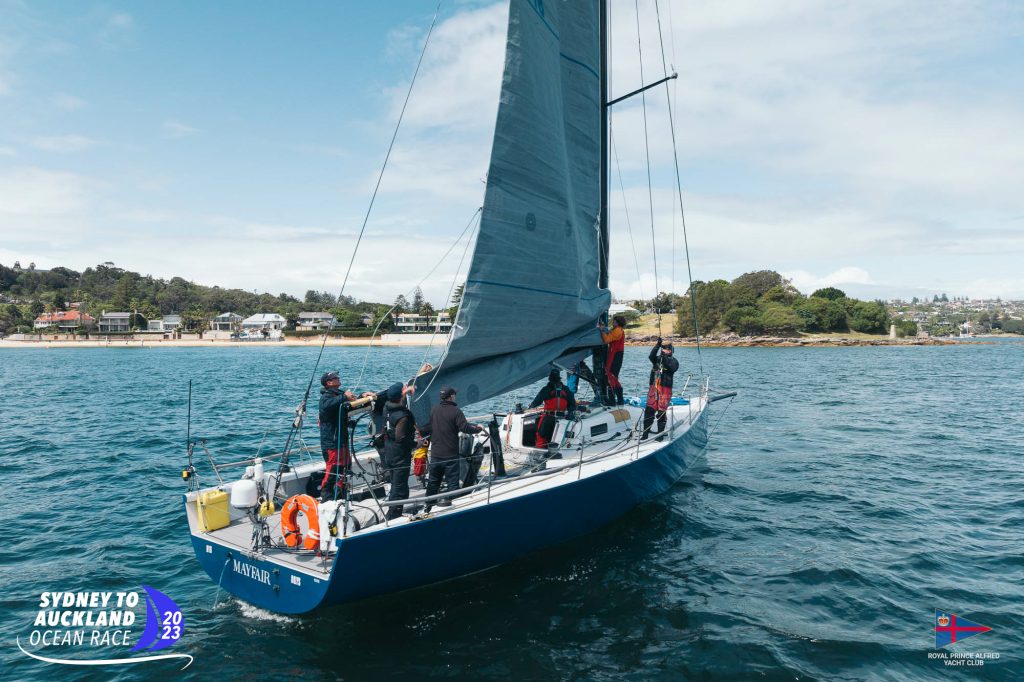
James Irvine’s Rogers 46, Mayfair, from the Royal Queensland Yacht Squadron is another planning hull, and carries more of her beam to her stern quarters than Frantic. She is capable of lighting it up on a true beam reach, but does give a few feet away at waterline, so concentration (especially at night) and astute tactical decisions will be required to make the best of it.
Marc Depret and George Martin on Intiy are the only two-handed crew out there and are also only racing under the Performance Handicap System, so there will be no Lipton Cup on offer for them. They are in a drag race, where position on the course, and ultimately over the line is all that matters. They are also on the smallest boat (by far), but she is the most modern design.
Purposely designed and built as a two-handed craft for France’s the Figaro Beneteau 3 is very identifiable due to her scow bow and inverse foils, which significantly bolster her righting moment. This means she can carry a larger sail plan higher up the wind range, and is capable of getting well into the 20+knot bracket when the breeze is from about 80 to 110 degrees apparent.
They have been in training for months and would like to do it in as little as five days. Determination and staying power will be key for them. Depret commented on their approach to things, “We will start off planning for a three-hour rotation on watch, but we will see how things go. The boat can be quite demanding to helm on a reach, so we will adjust depending on the sea state and wind angles. We are looking forward to settling into a routine which will probably take two days.” This crew represent the host club, RPAYC.
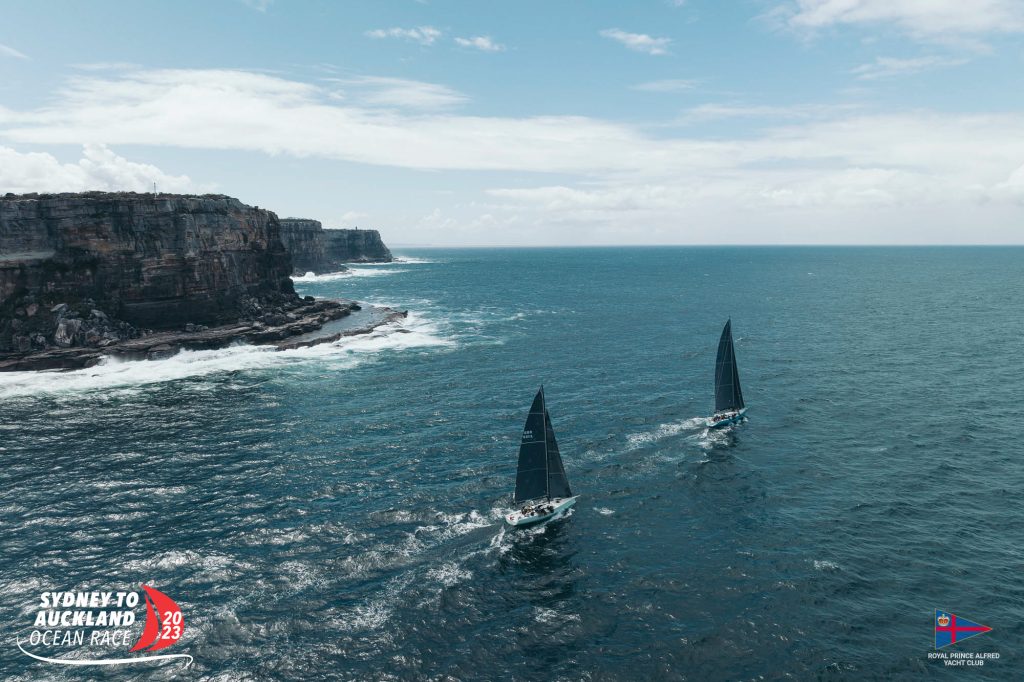
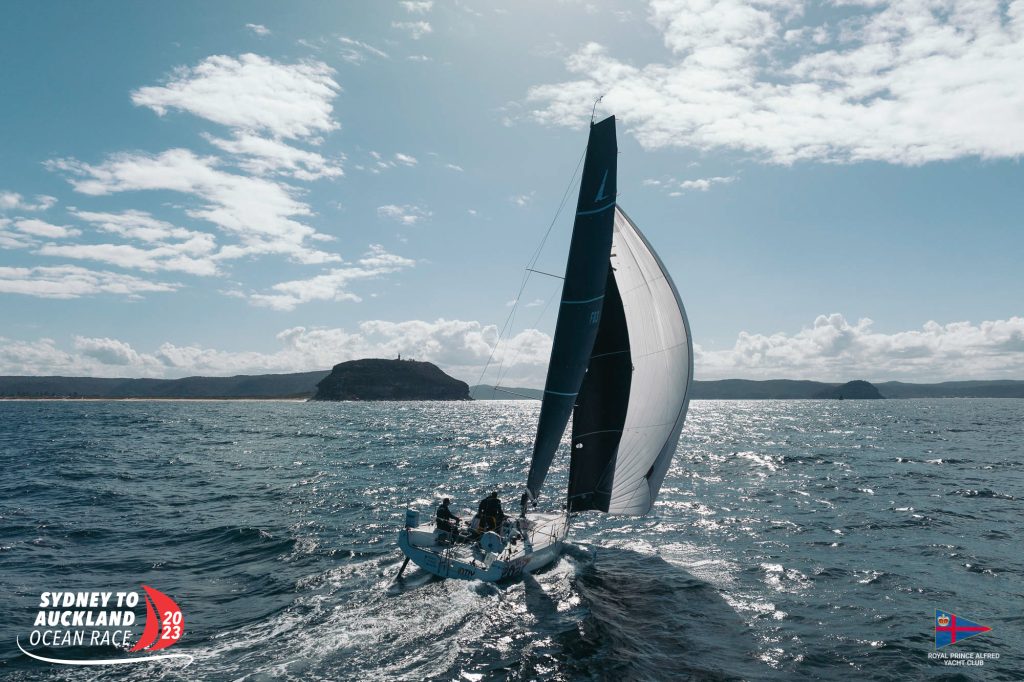
Last around the mark was Graham Barrett’s Bavaria 51 from the Royal Sydney Yacht Squadron. Another displacement craft, like Antipodes, for this crew it is all about maintaining a strong steady pace, with a more comfortable ride, and a significantly higher level of amenity.
For the first part of the race, the low that had caused so much devastation in South Eastern Australia a few days ago, but has since moved off into the Tasman Sea, is the dominant force. This is what is delivering the brisk 15-20 knot South to Sou’easterly wind the crews are enjoying. Definitely cool, but able to deliver good pace for those boats able to utilise it. It also means there is a significant swell line attached to it all, too.
By Sunday, the very large high-pressure system in the Great Australian Bight with its epicentre at about the same parallel as the top of Tasmania will become the overarching influence. This pushes the pressure gradients closer the islands of New Zealand, so those further advanced down the track will make the most of it. The breeze will remain from the South, so observant crews will keep regularly checking the Starboard shrouds and chainplates.
On the Monday, the centre of the high moves well North, and the breeze will abate a little and possibly even clock right to Sou’Sou’West. Again, the further advanced you are, the better, for it is a lot softer as Monday gives way to Tuesday, and it clocks even further. All very pleasant at 1020hPa and noticeably warmer, but pace is the name of the game in a race.
It gets even softer from there before the next front arrives, and it may be better to be South of the Rhumb Line to capitalise on its arrival, but it all depends on where you are on the racetrack. The saying ‘Make hay whilst the sun shines’ definitely comes to mind, because it could be very hard going in precious little breeze, and then a heavy and wet cold front down around 995hPa arrives on the Friday to send you home with a real bang.
Tactically, this one will be worth watching, especially for the rear of the fleet that are not able to sail to system, but rather forced to endure it. The variations in scenario after about the first two days means it is categorically something you will want to keep abreast of. A race for the Navigators and Tacticians on board…
Two to three metre seas and predominantly cloudy conditions will prevail, with isolated showers early on, the mainly fine before that next front. Layers, and the correct use of them will be the key aspect of clothing selection.
RPAYC Commodore Rob McClelland said after the fleet departed, “This really is a tremendous day. Such a great, true blue water event that we feel will definitely become a classic, and join our other events, like the Pittwater to Coffs Harbour, as a prestigious race. Being international is also a really key factor, and over time we hope to see the Sydney to Auckland race become as prestigious as the Melbourne to Osaka.”
“Best Wishes to the fleet and many thanks to our partner, the Royal Akarana Yacht Club. May you see all the fleet soon and deliver your well known hospitality to them.”
At this point we can say that the passage record set in 2013 by Team Australia in the ORMA 60 trimaran of 2:19:2:45 will not be surpassed, but the eventual Line Honours Winner will set the race record, and be the first to do it. That has to account for a lot.
Full event information and yacht tracker links can be found here – https://rpayc.com.au/sailing/sydney-to-auckland-ocean-race/
ENDS
Prepared by John Curnow, +61 419 969 959, jrcurnow@gmail.com, © October 2023.
Sydney to Auckland Ocean Race 2023
Track the Fleet at https://yb.tl/S2AOR23
Social Tags
#sydneytoauckland #S2A #rpayc #rayc


